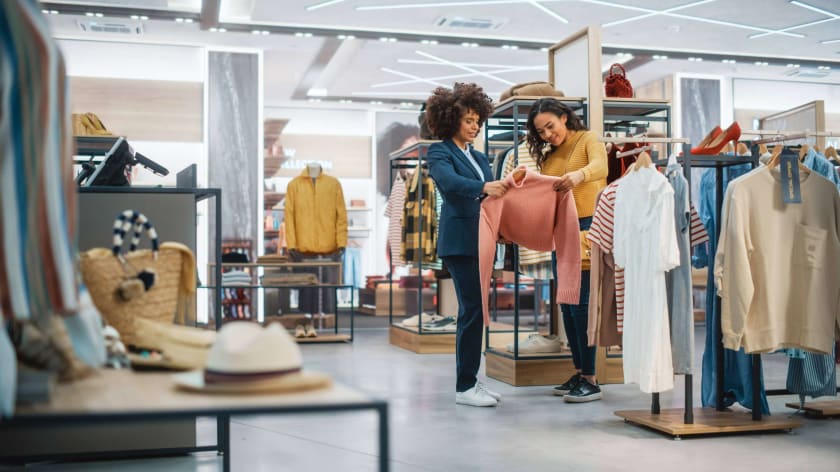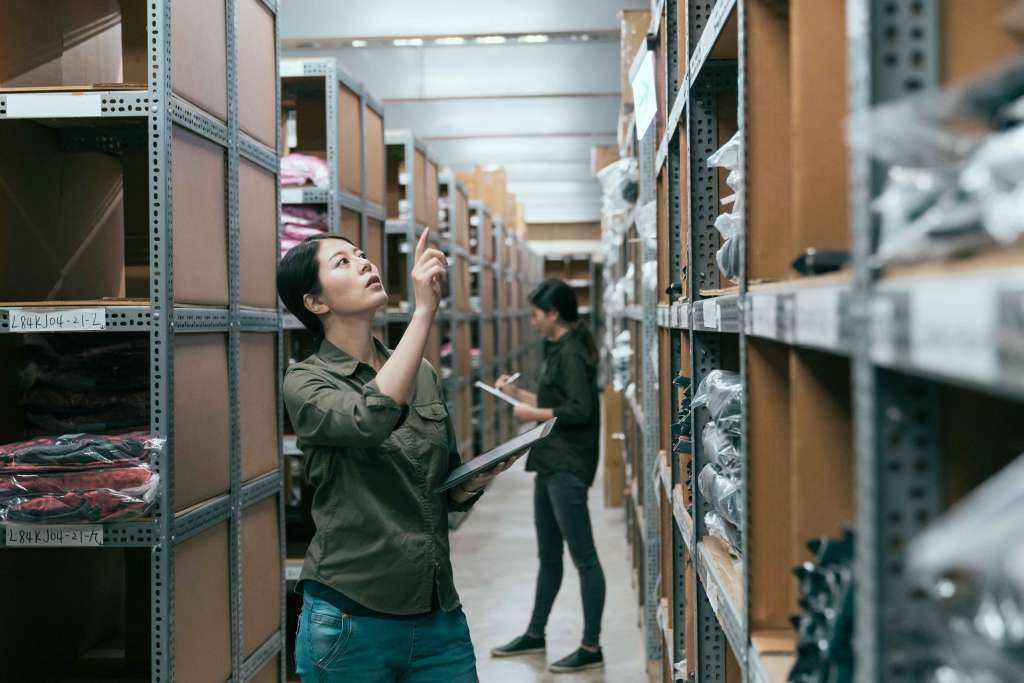Rules For A Successful Merchandise Mix



The key to a successful merchandise mix is to understand customers' wants and what is in trend. Furthermore, brands need to use all the resources, like data, trends, or customer feedback, to forecast what their customers will want in the future. Finally, brands must also understand that a successful merchandise mix has a perfect balance of style, trend, and prices.
Components of a merchandise mix
Fashion retailers perform functions that are related to service and product assortment known as merchandising. Merchandising consists of four main components: planning, controlling, managing, and buying. A perfect blend of all these components is essential in creating a desirable merchandise mix. Moreover, every brand should update its merchandise mix according to its target customer to become relevant. The merchandise mix is further subdivided into two main components: breadth and depth.
Breadth
The breadth of a merchandise mix refers to the variety of merchandise in a retail store. It identifies how diverse the assortment of a particular store is. Retailers like Walmart are called stores with an extensive product breadth.
Depth
Depth of merchandise stands for the number of product variations in a merchandise mix. To increase depth, retailers try to increase assortment in every category. For instance, if a shop sells stationary and has different varieties of paper in the store, one can say that the store has depth.
Tips to get the perfect merchandise mix
Every retail store has different strategies to get its merchandise mix right, but there are some general tips that everyone can follow. Here are some tips to help brands and retailers make the right product mix.
Synchronize it with the store image
The first step to finding the right product mix is to find the customer's perception of the store and what the customers expect from it. Discuss and ask questions to determine the merchandise's correct depth and breadth. If a store has customers from different age groups, they should not focus too much on the depth of the product but should concentrate on the width. One should try to incorporate clothes from all age groups and have a wide assortment.
The bottom line is that the merchandise mix is best when brands know their customers and what the store means. If retailers fail to do this, shoppers will be confused and eventually get alienated. For instance, if the best shoppers in a shop love the depth in the merchandise mix and if the retailer reduces the depth, then these shoppers might turn away. But, of course, this applies to retailers with a broader merchandise mix.
Study the inventory

Fashion retailers can use sales and inventory data to forecast what a particular store's customers will buy. This data can also be used to create successful merchandising strategies. For instance, if a shop sells merchandise of a specific brand or designer in huge volumes, they should consider increasing the range of products from that brand or designer.
On the other hand, if a retail store sells a product in different sizes and colors, they can take it as an indication to make the range deep and add more variants. So study the reports carefully, pay close attention to sales figures, and collect all the information to create a successful merchandise mix.
Keep up with local and national trends
Trends always influence the merchandise mix of a fashion retailer. This is because customers tend to follow the latest trends, and they will come looking for those clothes in retail stores. However, one can better understand this if one takes the example of fashion trends during the COVID-19 pandemic.
During the pandemic, many customers have turned toward sleepwear, casuals, loungewear, and face masks. Thus, fashion retailers have started increasing volumes of these clothes in their merchandise mix. Retailers that follow local and national trends and modify their assortment accordingly make much money from changing consumer demand.
Analyze shopping habits
Observing customers' shopping habits is one of the best strategies for creating a successful merchandise mix. The observation can be done by retailers at two levels: online and offline.
Retailers can observe online shopping by looking at the retailer's online store data. For example, look for the most searched items in the search box. And what are the brands, product types, and different variants that are mostly bought online? Using this data, brands can strategically modify their merchandise mix so that it can attract customers. Furthermore, it will also help brands know where their stock is lacking and what type of products need to be put on the eCommerce platform to increase sales.
While creating a merchandise mix by observing in-store customers is a different game. A retailer should take help from associates to study the customer's behavior in the store. Ask them what the customers are looking for and what questions they are asking about the products. Knowing these details is vital for a retailer looking for ways to accommodate more variations in the merchandise mix.
In addition, one can observe items that customers usually purchase together. For instance, if a shopper buys jeans from the shop and pairs them with belts or underwear, one can work on increasing the share of underwear and belts in their merchandise mix. This is to ensure that their customers do not get lured to any of their competitors who have a more comprehensive range of products at their store.
Find the right set of tools
For a successful merchandise mix, retailers should ensure that they arm themselves with the latest tools to help them forecast products. They should find tools such as inventory management systems that can easily track the stock level and inform store managers about the types of products sold every month. This data helps them in making strategies for a merchandise mix. Nowadays, there are various AI-driven tools that a retailer can use to make assortment decisions based on data from inventory software and sales numbers.
Change with season
Fashion retailers should always change their merchandise mix based on seasons. This is because there are different sets of clothes that people prefer in different seasons, and retailers should ensure that they have clothes from all the categories in different variations. Furthermore, they should also scale down on summer clothes toward the end of the season and start steadily refilling warm clothes.

Furthermore, retailers should keep clothes that are relevant to a particular holiday when it is around the corner. For instance, they can keep a small volume of Halloween dresses or Santa overalls on Halloween and Christmas, respectively. This will help them benefit from the festive season and experience a hike in sales during festivals.
All of these tips can be used by fashion retailers to create a successful merchandise mix. Furthermore, brands must keep an eye out for changing customer behavior and incorporate them into their merchandise mix to make it more appealing to customers. If a fashion retailer wants to get some clothes to widen its merchandise mix, it can connect with Fashinza to get its orders faster. Fashinza helps clothing brands to manufacture their collections by connecting them with suppliers. Our chief offering is our platform, using which brands can place an order, track it, receive daily production updates, communicate with manufacturers, and make payments.



















